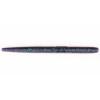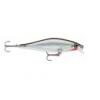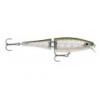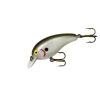WALLEYE
How to identify a Walleye
It is the largest member of the perch family and has been known to reach 25 lb. Its closest relative and look-a-like is the sauger . Both have large, glassy, opaque eyes that gave the walleye its name. In shallow water at night, the eyes glow eerily under lights, readily identifying these fishes even before they can be seen.
The sauger can be distinguished by the markings on their dorsal fins. The walleye’s dorsal fin may be streaked, blotched, or plain, but lacks any clear spots and there is a prominent blotch at the posterior edge. On the sauger, the fin is spotted and lacks any large blotch at the back edge. The lower lobe of the tail in the walleye is white-tipped, a feature that is absent in the sauger.
Where to catch Walleye
This wide-ranging, North American species occurs virtually everywhere on the mainland, with newly introduced populations occurring in Washington and Oregon.
IDENTIFICATION
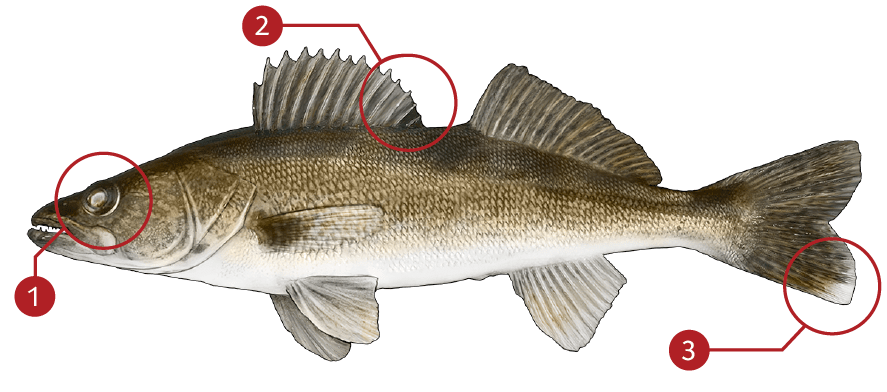
| |
Large, glassy, opaque eyes that protrude outwards |
| |
Prominent dark spot at the edge of the dorsal |
| |
Distinct white-tipped tail that is absent on the Sauger |
TARGET AREAS
|
|
Acknowledgements: We thank TAKEMEFISHING.org (www.takemefishing.org), Wisconsin Department of Natural Resources, Indiana Department of Natural Resources for their contributions to these FISH FACTS.




